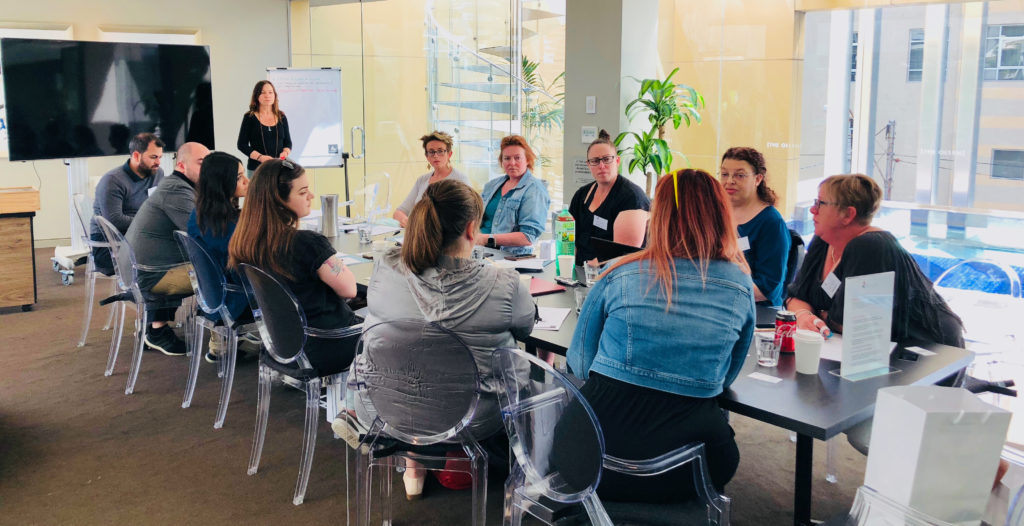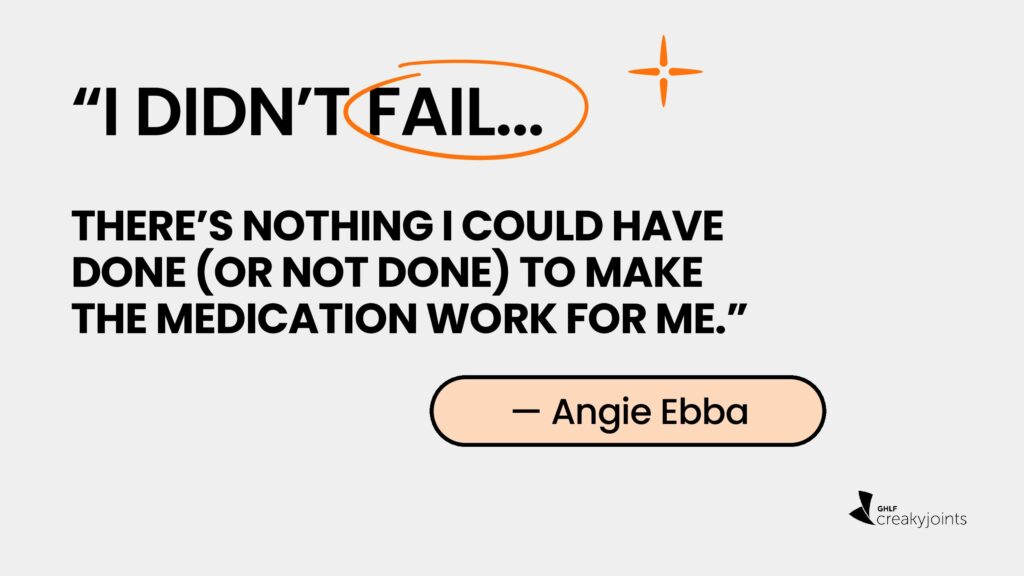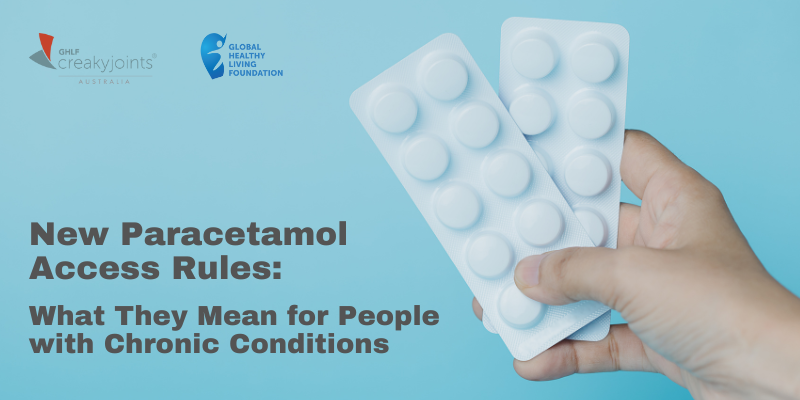

Updated in May 2024
Have you ever felt that the health products and services you use would be much more effective if they were designed by consumers* like you and me?
There are the medical waiting rooms that have beautiful chairs that are uncomfortable or impractical. Or, the healthcare services that too limited or inappropriate for someone with your needs. What about the lack of information given to newly-diagnosed patients or the barrage of doctor-speak that makes no sense and leaves you confused and anxious?
Could these be improved if patients had more say in their design? Absolutely.
What is Consumer-Centred Care?
In the past, most health products and services were planned with little or no input from patients themselves. We just had to deal with the decisions other people made for us. However, over the last decade or so, there has been a global shift towards consumer-centred care across the health system.
Consumer-centred care is also called patient-centred care, person-centred care or personalised care. It is an approach used in health and social services that involves planning everything around the needs, lifestyles, values and preferences of the consumers they want to help and seeing them as equal partners in their care.
The principles of consumer-centred care include treating consumers with respect and dignity and empowering us to make our voices heard. This approach is being increasingly utilised in everything from health policy, product and service planning to patient-doctor conversations.
For example, CreakyJoints Australia bases everything it does around the principles outlined in our Patient Charter.
How Do “They” Know What Health Consumers Want?
They ask us. Or, at least, they (our governments and other healthcare providers) should ask us.
We can provide valuable input for decision-making because we can draw on our own experiences on topics such as:
- The health conditions that affect us
- The health products and services we use
- The health information we have or haven’t received
- The support we need
- The way we are treated
- The impact our condition has on our daily lives
Each of us can co-plan and ask questions about our own health and treatment options with the people on our personal healthcare teams. We can also represent people in our care to ensure concerns are recognised and addressed.
The Role of Health Consumer Representatives
This is where people like you and I can make a big difference. We can be the ones stepping up to share our stories and represent the collective views of other people in similar positions. One of the ways we can do this is by becoming a health consumer representative ourselves.
Consumer representatives volunteer their time in various roles, depending on their interests and availability. These roles come in all shapes and sizes and might include:
- Participating in regular surveys or online discussions
- Joining a one-off focus group for a few hours
- Sitting on an advisory panel or patient/consumer council a few times per year
- Sitting on a committee that meets regularly
- Any combination of the above and more
Some examples of where our insight can contribute to better health outcomes include:
- Building and transport accessibility issues
- Inclusion and discrimination issues
- Terminology used in health conversations and literature
- Health assessments, treatments and management
- Health data security
- Consumer support program planning
- Product packaging design
How I Participate as a Consumer Representative
I haven’t always been a confident speaker. I’m still not in some ways. However, I have learned that it is much easier to speak about subjects I know well. There is no subject I know better than what it’s like to be me — a 53-year-old Australian woman with multiple chronic health issues.
I first got involved in this area through the arthritis support group I’m a member of. Initially, I attended workshops with leaders of other arthritis support groups to discuss our needs and share resources. My first speaking engagement happened when I stepped in at the last minute to promote the benefits of online support groups as the person who was supposed to do it was unwell that day.
After that, I was hooked and I joined the consumer registry of the consumer health organisation in my state. That led to a 2-year stint on the pain committee of a metropolitan hospital network. Our tasks included reviewing the use of pain medications, assessments and management practices. I often found myself sharing stories of real-life scenarios (good and bad) to help the staff members see how their decisions affected real people.
I have participated in a range of focus groups such as one that included people with rheumatoid arthritis. The organisers asked us to share our personal journeys from our first symptoms and diagnosis to our current situations. They especially wanted to know how RA impacts each of us daily. It is background stories like ours that help organisations gain a much better understanding of the consumers they want to help.
I have also been a representative in the marketing and public relations advisory group of my local community health centre and I loved it. This role was suggested to me after I pointed out to a staff member that the language used in their magazine did not seem to include people of working age (like me). I decided it was better to do something about this oversight than to complain about it.
Another project I have been involved in was a joint university and government initiative related to people with musculoskeletal conditions. My role in the steering group was to ensure the program always takes the consumer perspective into account and to help find other consumers for a series of focus groups through my network. These days I tend to get involved in a handful of such projects each year.
I really appreciate all the consumer advocates that have gone before me to help shape the health system that I benefit from. Now, I want to pay it forward and help others like me to have a better pathway ahead.
How You Can Share Your Voice
If you are interested in becoming a health consumer representative, you can join one of the following organisations or contact them for more information. Many of these provide training opportunities, so don’t think you have to be an expert to be involved.
Australian national health consumer organisations
Australian state health consumer organisations
- New South Wales: Health Consumers NSW
- Victoria: Health Consumers Centre
- Tasmania: Health Consumers Tasmania
- Queensland: Health Consumers Queensland
- Australian Capital Territory: Health Care Consumers’ Association
- Western Australia: Health Consumers’ Council of WA
(Note: We are not aware of any state-wide health consumer organisations based in South Australia or the Northern Territory. If you do know of any relevant organisation, please contact us with the information and we will update this page. Thank you.)
New Zealand health consumer organisations
New Zealand does not have a dedicated health consumer organisation, however, you may find advocacy opportunities and resources through the following organisations:
- Health Quality & Safety Commission New Zealand
- Health and Disability Commissioner
- Arthritis New Zealand
Other Ways to Get Involved
Many other organisations have opportunities for health consumer representatives. For example, you could contact:
- Primary Health Networks and Local Hospital Networks
- Community Health Centres in your area
- Peak bodies such as the arthritis association in your state
You could also:
- Tell your story via the media, schools, community groups, social media, online platforms like Care Opinion or by contacting politicians.
- Get behind campaigns for change such as those on GetUp! or run by arthritis organisations including CreakyJoints Australia.
- Ask your healthcare team if they know of any advocacy opportunities that may suit you.
Becoming a health consumer representative is one of the most rewarding and empowering things I have ever done. I hope that I’ve helped inspire you to step up and share your voice, too.
*I use the term “consumer” to describe “one who consumes or uses”. Therefore, a “health consumer” is “one who uses the health system”. It is a standard term that includes patients, carers, family members and other health advocates. I sometimes use these terms interchangeably.
Join the CreakyJoints Australia Community
Becoming a CreakyJoints Australia member takes just a few minutes. You’ll receive our members’ e-newsletter featuring:
- Reliable information about arthritis types and treatments.
- Tips for managing daily life with arthritis and related conditions.
- Personal stories from people living with similar conditions to you.
- Links to our podcasts featuring interviews with health clinicians and patients.
- Surveys to help us discover what’s important to you.
Follow Us on Social Media
We set up our CreakyJoints Australia Community group on Facebook to share our latest news, feature articles, arthritis resources and other content with you. We invite you to provide feedback on any of our posts and chat with each other in the comments. You are also welcome to share ideas about content you would like us to create or share practical tips for living with arthritis and related conditions.
You can also follow CreakyJoints Australia on Twitter/X and Instagram.




